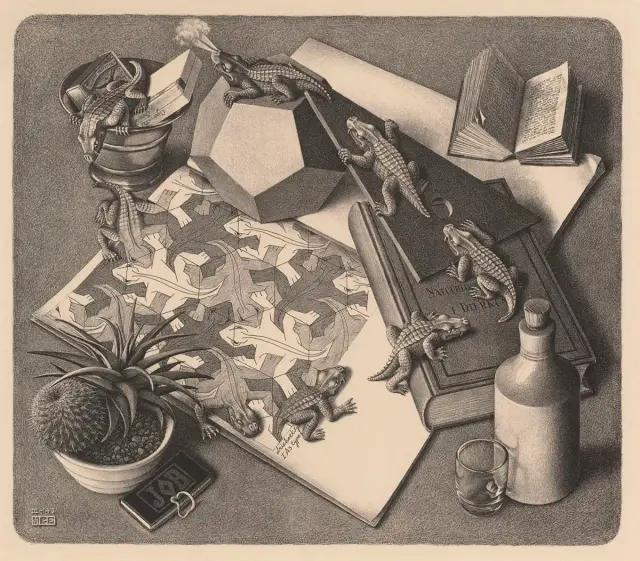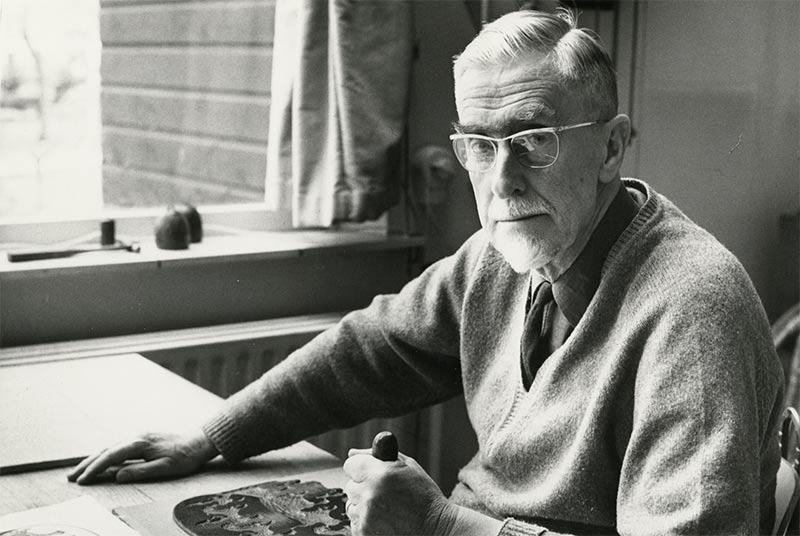Address & route description
Information about our location at the Lange Voorhout and how to get there.
We use cookies and similar technologies on this website to analyze visits and to show you relevant messages on social media. By clicking 'Accept all' you give permission for their placement and for the processing of personal data obtained in this way, as stated in our privacy & cookie statement.
Our privacy & cookie statement:
Below you can choose which types of cookies you allow on the Escher in The Palace website.
Escher in The Palace is a permanent exhibition dedicated to the world-famous, imaginative artist M.C. Escher. Read about our permanent collection and temporary exhibitions.

The latest Escher Today
7 August 2025
During his lifetime, M.C. Escher received several letters from enthusiasts sharing their admiration for his work. Not all of these have survived, which makes it very special when relatives lend such letters to a museum. The granddaughter of Hendrik Dekker temporarily loans his carefully written letter about the print Reptiles (1943) and Escher's reaction to it to Escher in The Palace. The handwritten correspondence will be on display from 18 March to 14 September 2025.

Exhibition
1 July till 14 September 2025
The sculptures of Jehoshua Rozenman (b. 1955) are not as they first appear. They look robust, monumental, but they are in fact made of fragile glass. These mysterious pieces resemble impossible, secretive buildings that seem to come from another dimension. It is in the tension between fantasy and reality that Jehoshua Rozenman and M.C. Escher meet. This summer, for the first time, Escher in The Palace will combine the two-dimensional world of Escher with the two- and three-dimensional work of Rozenman.

A story where fact meets fiction, by Boris O. Dittrich
For Jehoshua Rozenman, his Out of the Box project is like a strange suitcase he has found in the basement of his studio. The wide range of items he finds in this unfamiliar archive has provided an inexhaustible supply of inspiration for his work. This story by Boris O. Dittrich explores the concept of the suitcase in more depth. What do you think the suitcase contains? Is it fact or fiction?

About Escher
Escher was a printmaker, but what exactly is that? Read the pages below to find out more about the techniques he used: woodcut, wood engraving, linocut, lithography, etching and mezzotint. Each of them has its own particular qualities, so the prints made using these techniques differ in terms of their complexity and visual character.